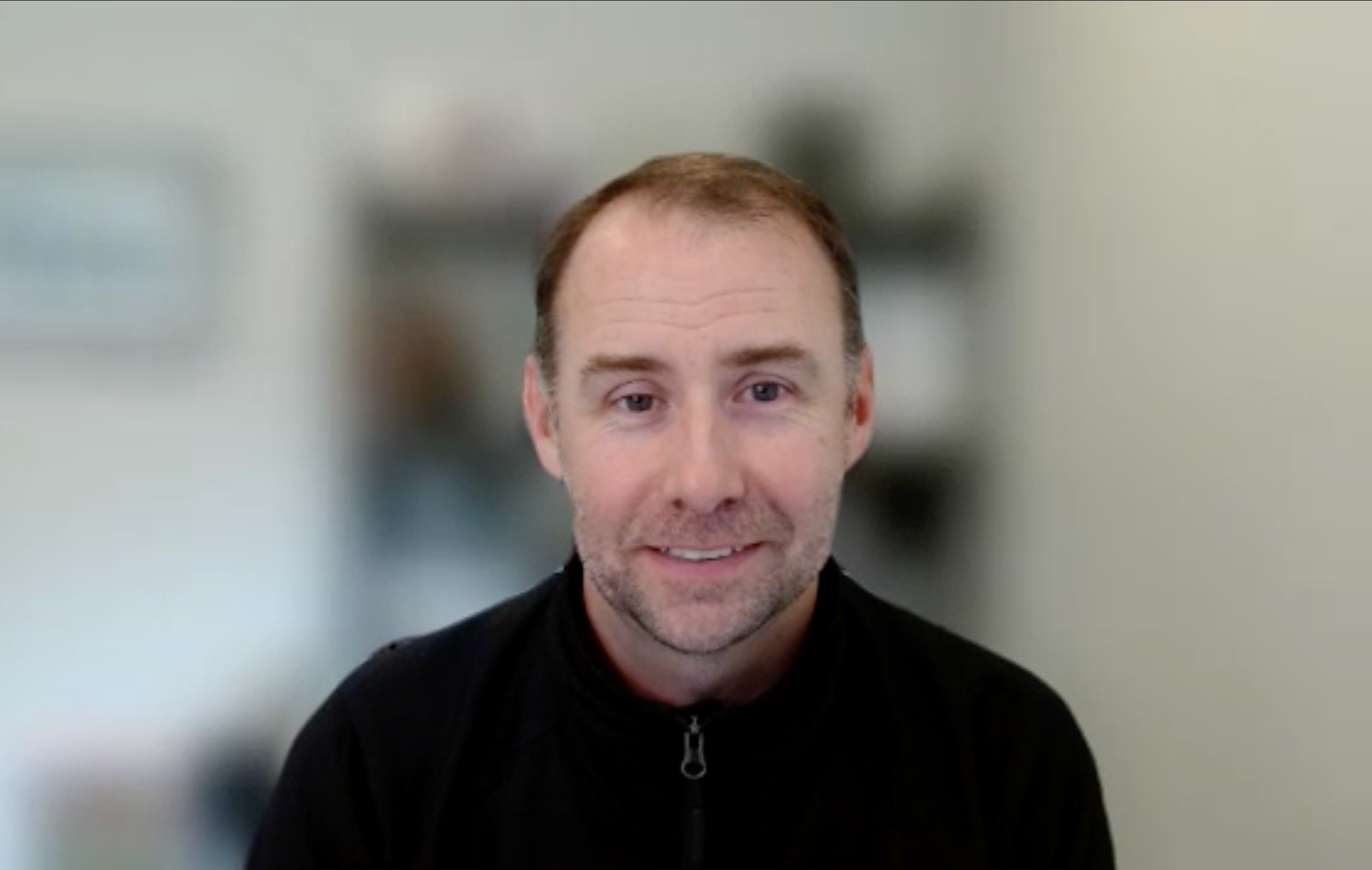
The Clinic by Cleveland Clinic offers to patients a virtual second opinion, which can be extremely valuable for those facing a diagnosis of a serious condition, in need of a serious surgical procedure, considering a possibly risky treatment, experiencing a deteriorating condition, or struggling with a medical challenge.
It is crucial that care coordinators receive adequate education and awareness on how to use digital health platforms, so that the learning responsibility does not fall on the patient, says Brian Mullen, PhD, head of innovation and product, The Clinic by Cleveland Clinic.
Transcript
How do you handle patient education and training at The Clinic regarding the use of digital health services?
Yeah, so, I appreciate this question. I love this question. Ultimately, my job here is to make sure that education and training isn’t needed to use our service. From a patient standpoint, education and training to access/use the digital experience part of this, our goal is to make it as easy and simple and as intuitive as possible, so that patients aren’t being stuck, they don’t need education, and they don’t need training to access the service. Of course, that is the goal. But we do spend a lot of time on that front-end design. Our joint venture, we partner with Cleveland Clinic and Amwell, so we get the benefits of Amwell’s capabilities and platform to drive that ease of use and support us in providing an easy-to-use processing experience for the patient.
In addition, one of the benefits that we just talked about, is that we go and collect medical records and things like that. So some of the more challenging things in health care, navigating health care, executing what you need to do to get to the next step in health care is always challenging. So those things that do take some human time, effort, energy and attention. We’re not leaving you on a website to just figure it out. In the steps, those more challenging steps, we—in our team, our care coordinators—execute those steps. So again, that’s another way to take the burden off of the patient who’s going through a challenging time and experience so that they can be the patient and we are doing the things that are complicated, complex, and navigating the system for them. Which again, eliminates and reduces the need for education or training for the patient to learn the process.
Can you discuss any cost-effectiveness or financial benefits associated with implementing digital health services in the practice?
Yeah, so I’ve alluded to this kind of a few times; it’s travel. If you really think about what it takes to have an in-person patient’s second opinion, even if you live an hour away from the hospital or 15 minutes down the street, you still might have to take time off from work, you still have to travel, you’d have to park. Everyone who’s ever parked at a hospital in a major city knows how expensive that is. So there’s a lot of work in there for the patient that has cost to it: time, money, or otherwise. Especially if you’re in a region that you would be flying or having significant travel to get to a Cleveland Clinic center or equivalent. So, being able to access that virtually reduces a lot of costs, both for money and time.
The other side of this is we also have other businesses that our employers pick up and other partners that we have pick up for their employers and their members. And with that, there’s benefits for both the patient out of pocket if they were going to do it themselves. When you get a better diagnosis, oftentimes that leads to savings in your health care overall. So that’s the other benefit: When you’re on the right track or the better track works for you, then there’s usually cost savings in that for your overall health care spend.
